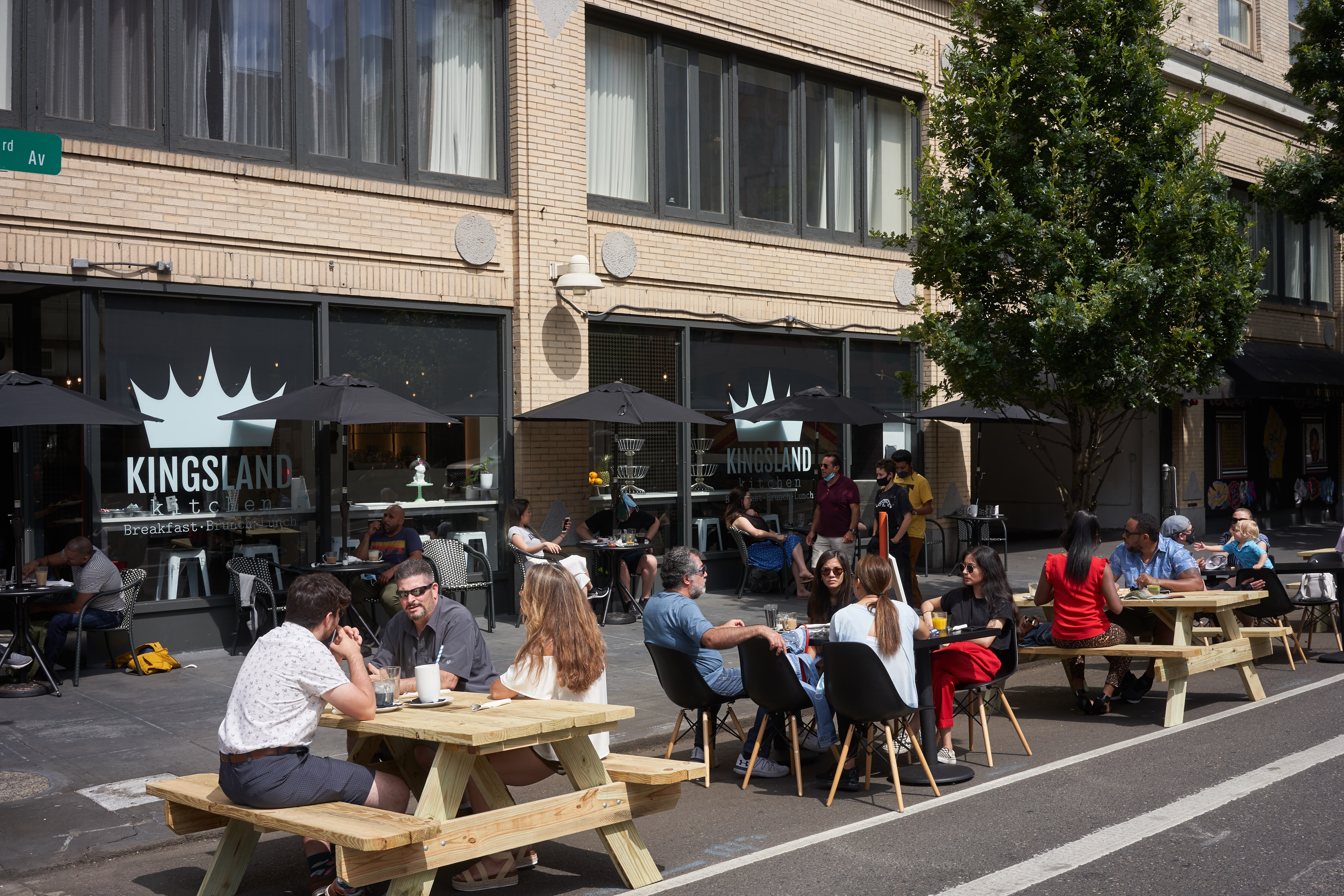
A recent survey of 2,000 US consumers by Culinary Visions indicates people are still hesitant to dine out at restaurants, with 56% preferring to order delivery. However, 86% expressed appreciation for the variety of alternatives that restaurants are offering, such as prepared meals.
These efforts can help businesses connect with their customers as 77% of respondents consider chefs to be community heroes and 78% intend to continue to support restaurants that have taken care of their employees during this time.
Consumers still have reservations about dining out, with 91% expecting to remain more hygiene conscious, and measures such as hand sanitizing stations and masked staff being recommended in order to reassure customers. 56% of respondents prefer to order delivery rather than return to dining in.
Here, consultant experts offer their views on how restaurants can make the most of this opportunity.
Cautious diners
“Until the dining out public feels safe eating indoors, they will continue to enjoy their favorite restaurant foods in their own home,” says consultant Arlene Spiegel FCSI.
“Delivery just adds to the convenience of eating at home which will delay the necessity of going out to eat. Depending on the rate of spread (threat) of getting infected, diners will err on the side of caution and stay home.”
William Bender FCSI is in agreement. “All people are under great mental pressure on their own personal situation, health of families, finances and livelihoods. They will go back to restaurant and dining when they feel safe. This may go on until the fall or end of 2020,” he says.
At-home alternatives
Foodservice establishments have been offering creative alternatives for customers still desiring restaurant-quality meals. Almost 50% of respondents said that ordering prepared food is part of their ‘new normal’ and 86% expressed appreciation for the additional options that have been offered, including enhanced take-out and delivery.
Meal kits, online classes and remote events can provide a social offering for the 74% of customers who look forward to reuniting with friends at restaurants and 67% who miss being around others in dining establishments.
These efforts by dining establishments have not gone unnoticed, with 77% of respondents viewing chefs as community heroes and 78% intending to continue to support restaurants that took care of their employees during the crisis.
“Consumers are relying on food from their favorite local spots and they understand the obstacles restaurants face while serving their community during a pandemic,” says Sharon Olson, executive director of Culinary Visions, in the report. “Diners have a lot of gratitude for the chefs, wait staff, and restaurants that have become pillars in the community during these difficult times, and they want to support them as much as they can.”
Crisis to opportunity
With 77% of respondents having increased appreciation for the restaurant experience, businesses can capitalize on customers’ recognition of their efforts by highlighting the work of chefs and staff.
“Restaurants that committed to ‘taking care’ of their staff and ‘stepping up’ to take care of their communities have gained a ‘halo’ in the eyes of the public and the industry,” says Spiegel. “This halo adds to the brand’s appeal and creates support and loyalty. Restaurants need to remind people of their efforts on their website, social media and by continuing to ‘do well by doing good’.”
“Restaurant brands that can operate safely and market how they are operating safely and with care for team, guests and their communities can thrive,” says Bender. “[They] can capitalize by showcasing stories of donations and events of how they support their own team members, provide PPE, extra pay and/or benefits etc. Having team member families in for meals to express thanks is a real winner.”
The survey results indicate that while dine-in custom continues to suffer, the consumer base has responded positively to the way the market has adapted during the Covid crisis, providing an opportunity for businesses to make the best of the situation by highlighting their own efforts.
Juliet Martin
Pictured: On-street outdoor dining in downtown Portland, Oregon, July 11, 2020
